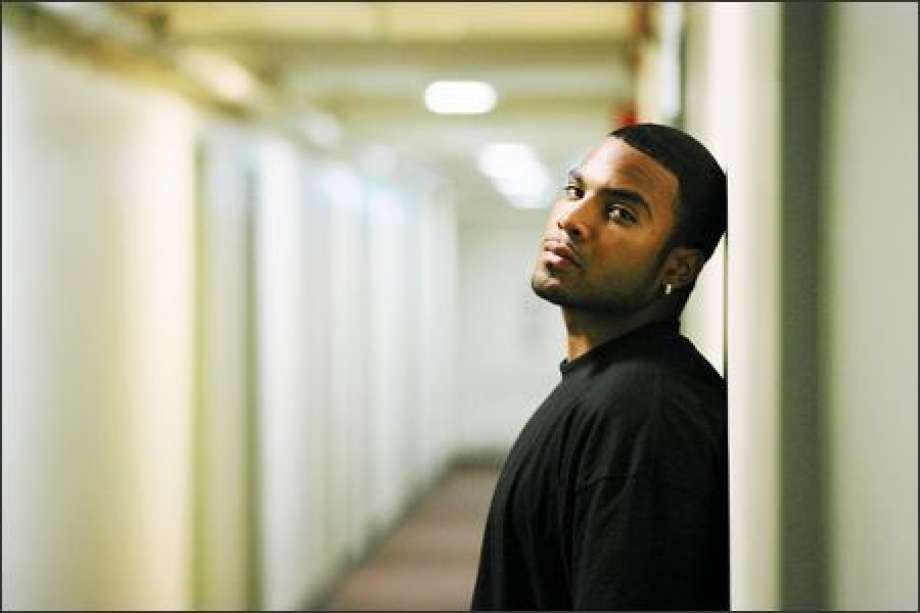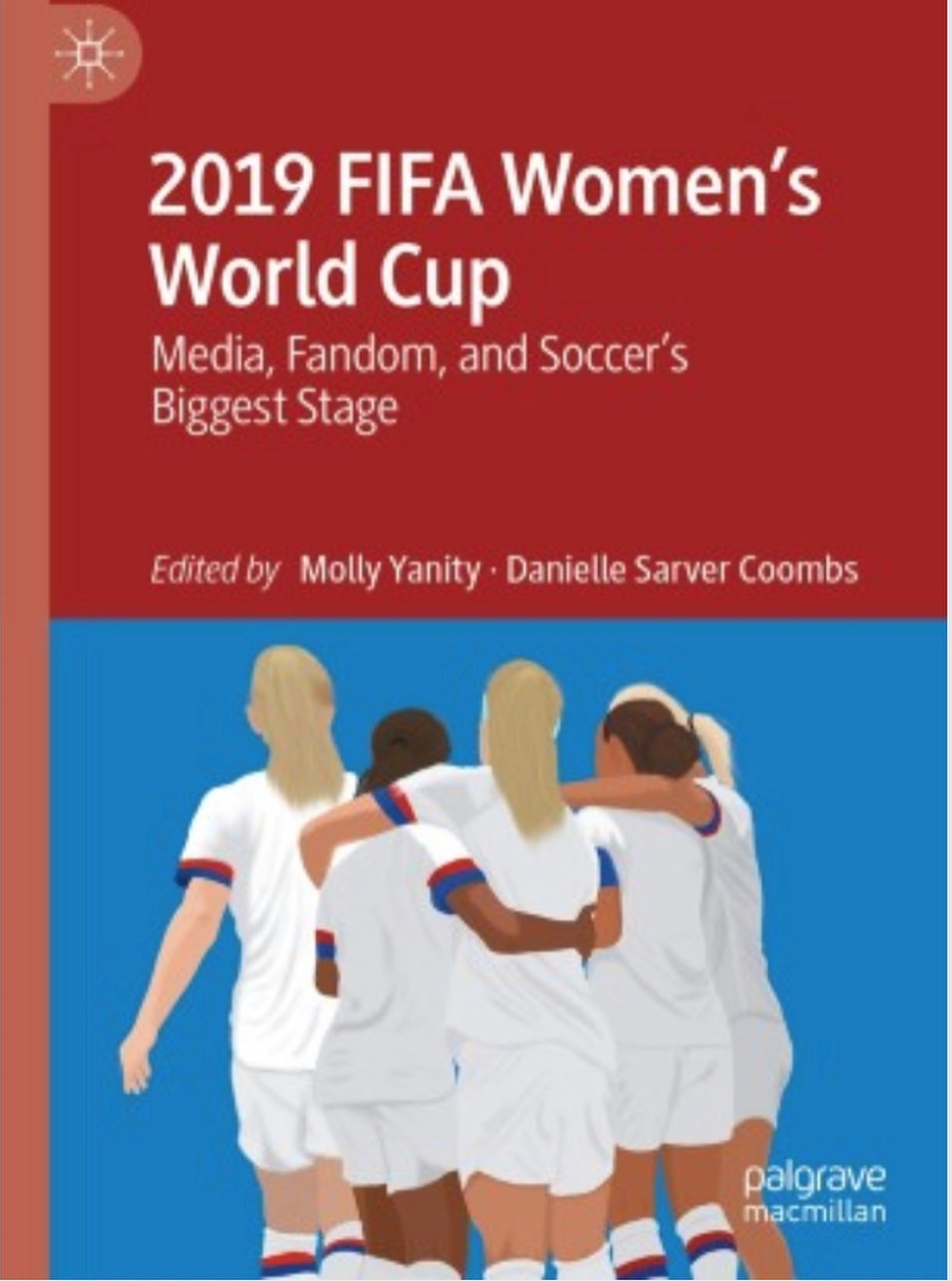|
WEEK 3: Pictures are worth 1,000 words, but need help | WEEK 4: What is truth? | WEEK 5: Become the expert  Photo by Dan DeLong Photo by Dan DeLong In journalism, we constantly talking about finding the "truth," or exposing "the heart of the matter." But, what if there are lots of truths? Or, no truths at all? How does a reporter figure it out? There isn't an easy answer to this, but there is an answer. The answer is: The reporter REPORTS. Several years ago, I asked a new transfer on the University of Washington's football team why he changed his last name when he left UCLA. The young man told me a harrowing story that included a father in prison, an abusive stepfather and a life-saving girlfriend. My problem with his story was that I wasn't sure I could prove it -- and, despite his explicit detail, I could not simply take his word. So, I went on a scavenger hunt to find corroboration, public documents and more corroboration from sources separate from the first ones. I came away with this story. Byron Davenport didn't save the Huskies' defense, but his story was one I'll never forget. Trust me: My writing is the worst you will find in #QUReads, but I can speak to the long, arduous process of triangulating that produced this piece. Davenport's narrative was just the beginning. I fully believed him, but I couldn't just tell his story. I couldn't write about the abuse without the documents from Children's Services. I couldn't write about the stepfather without reaching out to the man. I couldn't write about the incident at UCLA, or on the freeway without someone else to verify it. This article from the Tampa Bay Times is 1.) about a million times better than mine, and 2.) long. So, sit down for a cup of coffee, or lunch and read it.
Everyone in the Tampa Bay area -- and many who vacation there -- had heard about the tragic story of the troubled man who threw his 5-year old daughter off the Skyway Bridge to her death in 2015. But, everyone wanted to know why. So, the Times' Lane DeGregory went looking for answers. The author could've talked to the lawyers and read the court documents and come away with a hell of a story. But, DeGregory kept digging, kept triangulating to add layer upon layer to this riveting, tear-jerking story. What is #QUreads? Each Monday, I will tweet a link to a blog post that will include a selected reading and an explanation of why you should read and study it. You can find it using the hashtag any time. My prediction is that, if you read and study these stories, you will be a better writer by the end of the summer. Granted, if you practice in a journal, read consistently, take note of style and think about what might the writer's decision-making process be, you will improve greatly. I'm just here to help the process along for you. Feel free to use the Comments section here or on Twitter to discuss the articles and writing techniques, to ask questions, or offer links to other great stories.
0 Comments
Leave a Reply. |
2019 FIFA Women's World Cup: Media, Fandom, and Soccer's Biggest Stage is available online and in hardback from Palgrave Macmillan.
Molly Yanity, Ph.D.
|



